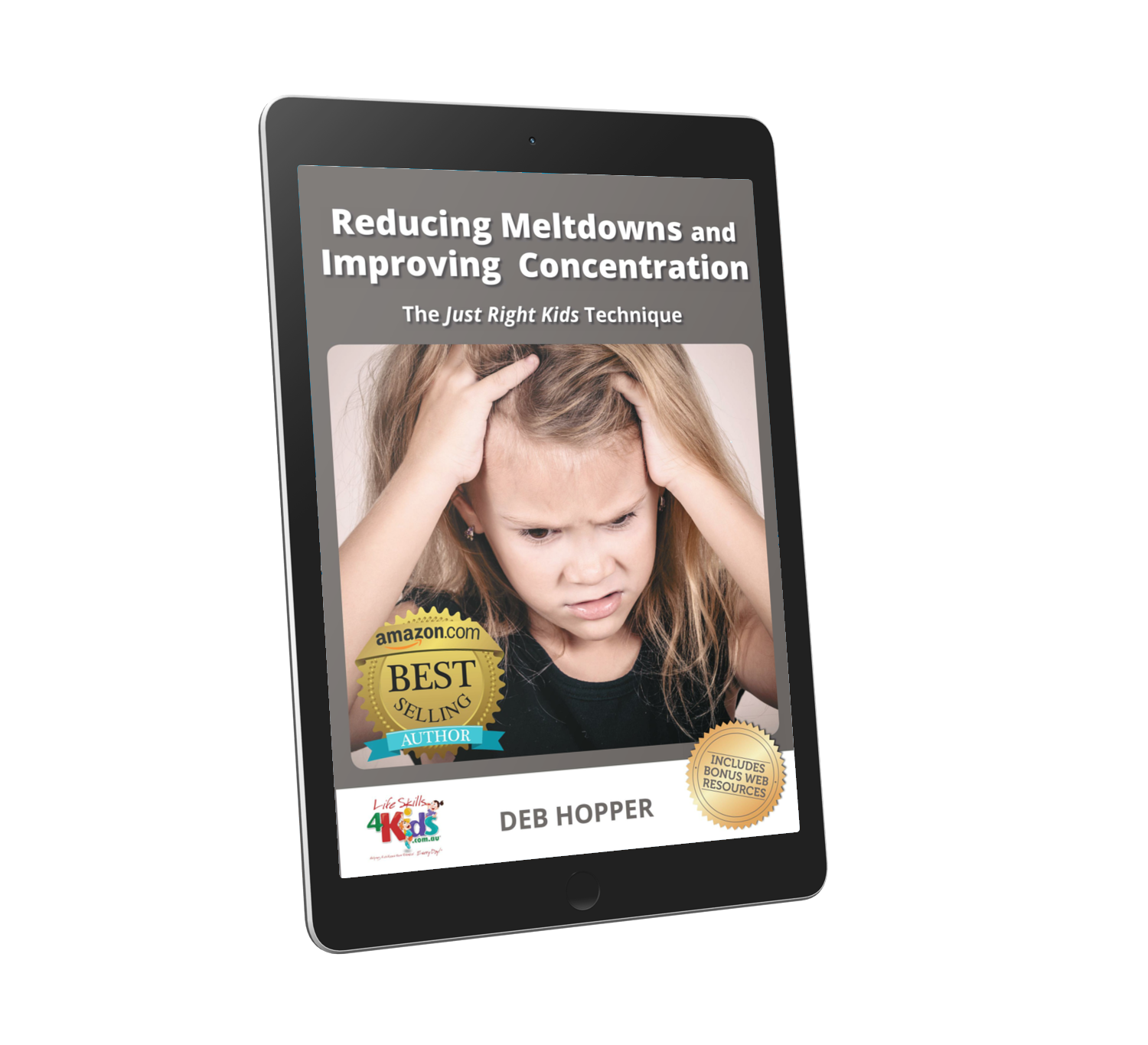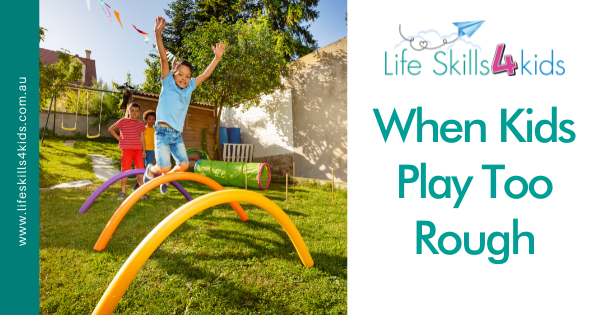When Kids Play Too Rough
Written by Deb Hopper
Published in
Great Health Guide articles available in Audio:
Learning to play and interact with other children or adults is one of the most complex skills that children learn. Play teaches children about developing physical skills and co-ordination, developing cognitive and thinking conception, solving problems and enhancing memory skills. It develops language skills through playing and interacting with other children and adults and it develops social skills including learning to cooperate, negotiate, taking turns and playing by the rules. These are not only important for conversing and playing at home but will also develop these skills at school when making friends and learning in the classroom.
However, some kids play too rough. This may be a general pattern of play which is disruptive to other siblings or family members most of the time, or it could be an irregular concern when they get frustrated or feel left out at school.
There are three main reasons why kids play too rough:
1. Difficulty with registering sensory information during play by not noticing or registering how heavy they are playing with toys or how firmly they are touching or bumping other children.
2. Not fully understanding the cognitive or thinking demands of play. This might include not understanding the rules of play or finding it hard to problem solve in the middle of play.
3. Not understanding social rules including turn taking, recognising minute cues of facial expressions and reactions and knowing how to change their actions quickly enough in play.
Children can learn how to play, ‘too light’, ‘just right’ or ‘too rough’.
Here are three strategies for teaching children how not to play too rough:
1. Help children to get a real physical sense, or a kinaesthetic experience of what it feels like to play OK or play too roughly.
To give them this experience, we need to take them through activities that show them what it feels like to be ‘too light’, ‘just right’ or ‘too rough’ in play.
This might look like:
- having an arm wrestle with your child, pretend wrestling with ‘floppy or weak’ arms and ‘really strong’ arms.
- colouring in ‘really softly’, ‘too heavily’ and just right.
- holding a pencil ‘too loosely’, ‘too tightly’ and just right.
We need to give children a sense ‘in their body’ of examples of what it looks and feels like to play too roughly.
2. Use a visual such as a traffic light system to give your child feedback that they are playing too rough.
- Green would mean that they are playing well.
- Yellow is the warning that play is getting a little rough and they need to be careful they don’t get too rough.
- Red is that play is too rough and that they need to slow and calm down, take a break and perhaps do something else.
Print out a picture of a traffic light, put it on your fridge or somewhere handy to look at and start using statements like, ‘your play is in the yellow warning zone, you need to play gentler’, or ‘your play is in the red zone you need to be less rough, or perhaps it’s time to stop and take a break’.
3. Write a social story about playing well and not too rough.
This can be short and simple such as:
‘I love to play with my little brother. We have lots of fun. Sometimes I get too excited and can touch him too heavily which might hurt him. This is not the best. If I touch him too firmly, I might be touching too hard, and mum might say I’m in the red zone. To play safely, I can take a break and come back later and play nicely in the green zone.’
Add some photos of your children or clip art of kids playing to illustrate the story. Write or print it out and staple it into a book to read at bed time to reinforce the best way of playing and not playing too roughly.
At times, we may feel at our wits end when children are playing too roughly. However, using a combined approach, through their body (touch and kinaesthetic senses) and through their cognitive understanding (external visual tools e.g. traffic light or social picture stories), you can really help children to learn to play without being too rough.
_____________________________________________________________
Download your Printable PDF here: SUB 351-JUL When Kids Play Too Rough
_____________________________________________________________
Deb Hopper… Occupational Therapist, author, workshop presenter. Deb is passionate about empowering parents and educators to understand the underlying reasons of why children struggle with behaviour, self-esteem and sensory processing difficulties. A practicing Occupational Therapist, she understands the daily struggles that children, parents and teachers face.
Deb is the co-author of the CD Sensory Songs for Tots, and author of Reducing Meltdowns and Improving Concentration: The Just Right Kids Technique. The Just Right Kids Technique Model can be downloaded at: https://www.lifeskills4kids.com.au/just-right-kids-model/
You can contact Deb on 02 6555 9877. She is available for clinic and phone/ Skype consultations.
Are you looking for a way to help children reduce meltdowns?
Focus better in school?
Better understand their feelings, emotions and self-regulation?
If you are searching for the answer to these questions, you have found them in this book!
This book explains how the Just Right Kids Technique can help you to teach your child to understand, recognise and learn to control their emotions and behaviour.
Designed to fit into busy schedules, the concepts in the technique are easy to understand and the strategies can be implemented straight away. Through this fun, play-based approach to learning children will gain valuable life skills that will help them to feel ‘just right’ more of the time.



